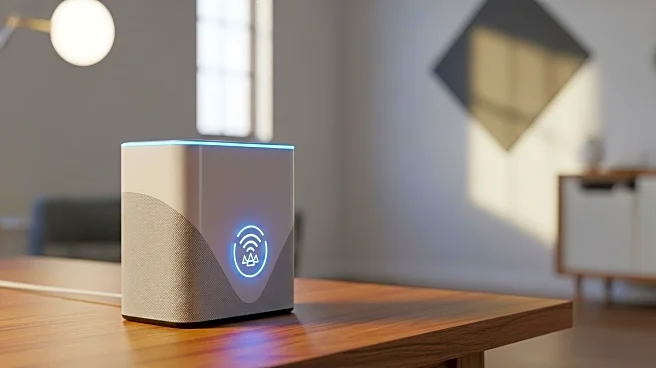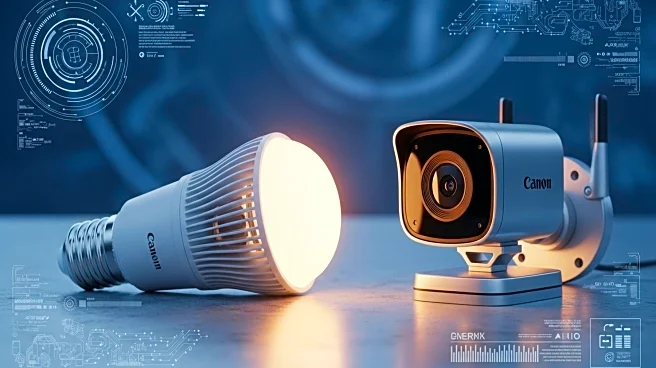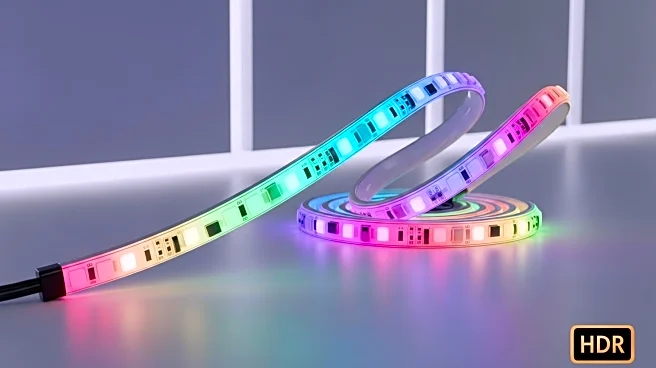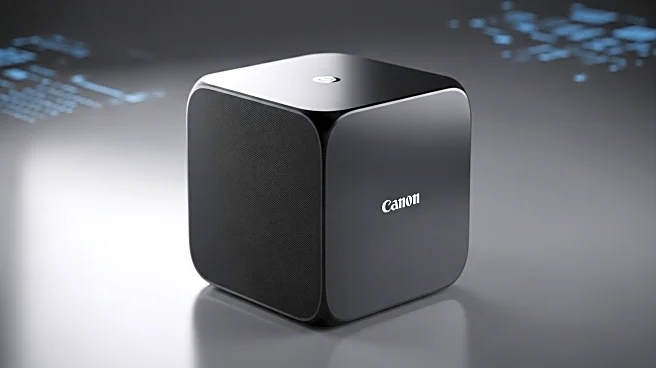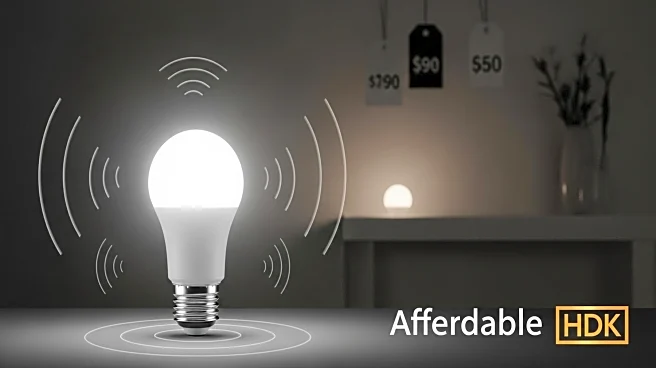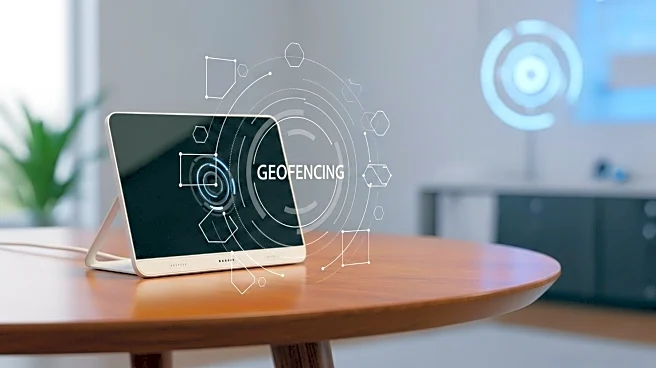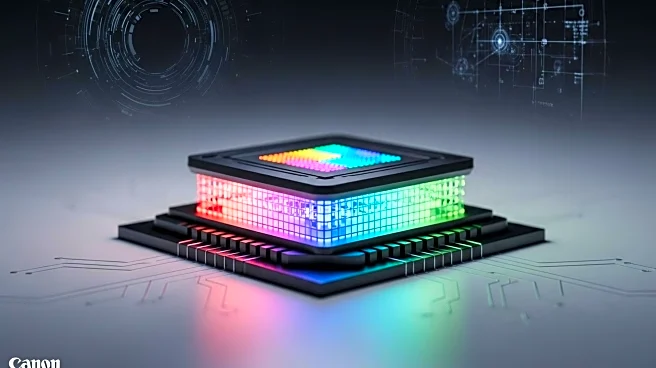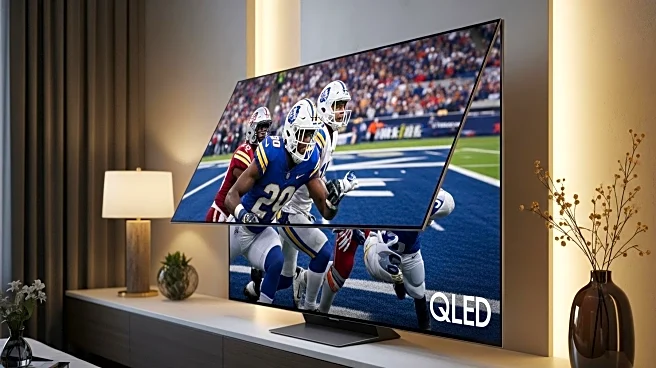What is the story about?
What's Happening?
Govee has unveiled its latest innovation in smart lighting technology with the launch of the TV Backlight 3 Pro. This new product features an industry-first HDR triple-camera wide-area color matching system, which aims to enhance the immersive lighting experience by accurately capturing the colors displayed on the TV screen. The system integrates a groundbreaking image sensor capable of HDR capture, providing high-fidelity 105dB dynamic range imaging for superior signal-to-noise performance. Additionally, the TV Backlight 3 Pro light strip is 30 percent brighter than previous models and incorporates an AI intelligent color mixing system that automatically adjusts the backlight's white balance and saturation settings. The product is set to be available in September, with pricing and size models yet to be announced.
Why It's Important?
The introduction of the Govee TV Backlight 3 Pro represents a significant advancement in the smart home lighting market, particularly for consumers seeking enhanced visual experiences. By offering a more accurate color matching system and increased brightness, Govee is positioning itself as a leader in the industry, potentially influencing competitors to innovate further. This development could lead to increased consumer interest in smart lighting solutions, driving growth in the market. Additionally, the integration of AI technology in consumer electronics highlights the ongoing trend of smart home devices becoming more sophisticated and user-friendly, which could lead to broader adoption across various demographics.
What's Next?
As Govee prepares to release the TV Backlight 3 Pro, the market will be watching closely to see how it is received by consumers. The pricing strategy will be crucial in determining its competitiveness against existing products. Additionally, the success of this product could prompt Govee to expand its use of AI technology in other smart home devices. Competitors may also respond by developing similar or more advanced features to maintain their market share. The broader implications for the smart home industry include potential collaborations or partnerships to integrate such technologies into other home entertainment systems.
AI Generated Content
Do you find this article useful?


